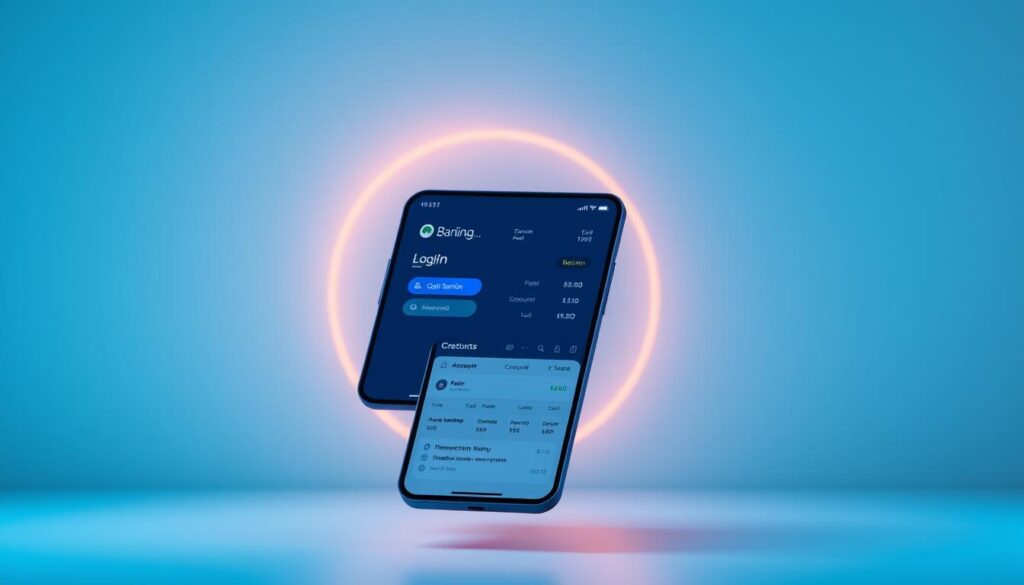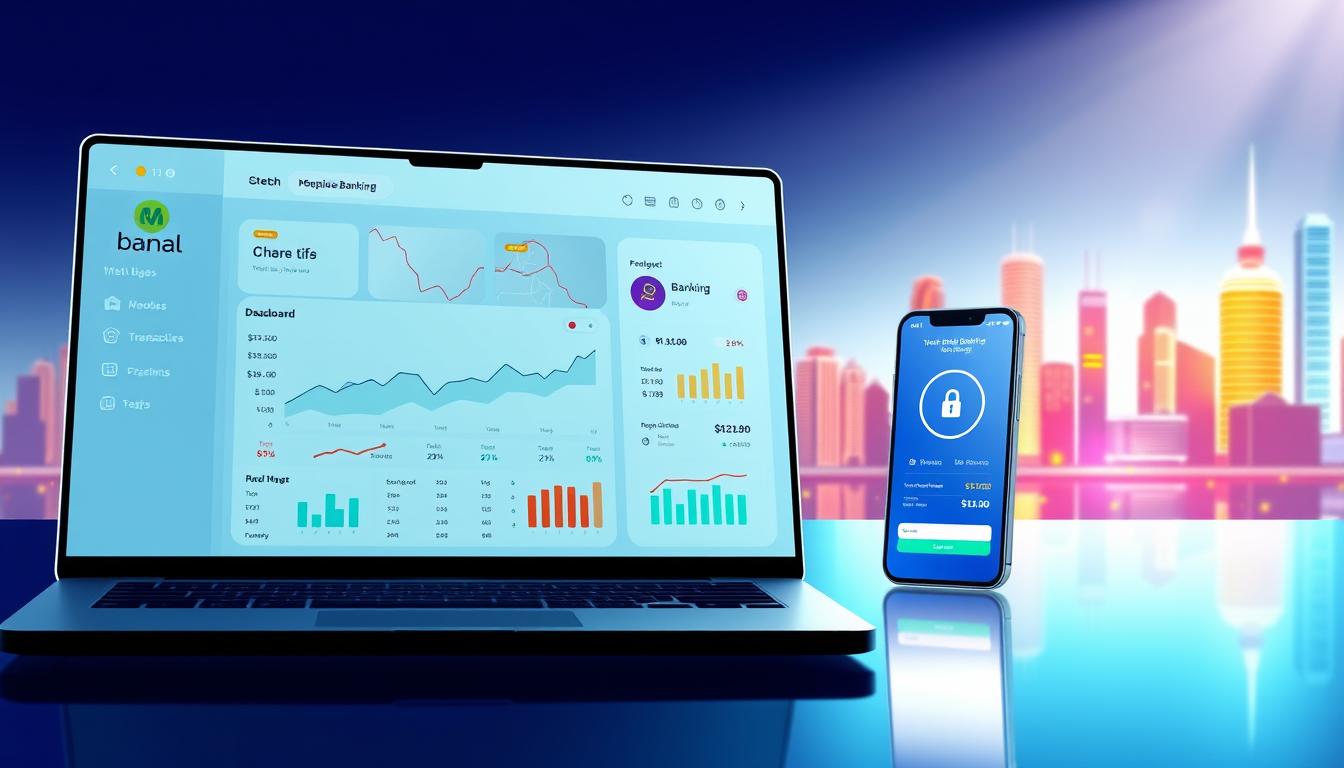The way we manage our finances is changing rapidly, and the debate between online banking vs traditional banking is becoming increasingly relevant. With the rise of digital banking, many are left wondering which method is best suited for their financial needs.
Digital banking offers convenience and accessibility, allowing users to manage their accounts and transactions from anywhere. On the other hand, traditional banking provides a personal touch and face-to-face interaction, which some may prefer.
Choosing between these two banking methods depends on individual preferences and financial goals. As we explore the pros and cons of each, it becomes clear that understanding the differences is crucial for making an informed decision.
Key Takeaways
- Digital banking offers convenience and 24/7 accessibility.
- Traditional banking provides personal interaction and face-to-face service.
- The choice between online and traditional banking depends on individual financial needs.
- Understanding the pros and cons of each banking method is essential.
- Financial goals and personal preferences play a significant role in this decision.
Understanding Online Banking vs Traditional Banking: What’s Best for You?
With the evolution of banking services, understanding the differences between online banking and traditional banking is crucial for making informed financial decisions.
The Evolution of Banking Services
Banking services have undergone a substantial transformation over the years, driven by technological advancements and changing consumer needs. Traditional banking once dominated the financial landscape, with brick-and-mortar branches serving as the primary point of contact for customers.
The advent of online banking has revolutionized the way people manage their finances, offering a convenient and accessible alternative to traditional methods.
“The rise of digital banking has transformed the way banks interact with their customers, providing a more personalized and efficient experience.”
Today, both online and traditional banking coexist, catering to different preferences and needs. Understanding their evolution helps in appreciating the unique benefits each offers.

Key Differences at a Glance
The distinctions between online banking and traditional banking can be summarized in several key areas:
| Feature | Online Banking | Traditional Banking |
|---|---|---|
| Accessibility | 24/7 online access | Limited to branch hours |
| Security | Advanced online security measures | In-person security, e.g., in-person banking |
| Fees | Often lower fees | May have higher fees for services |
By examining these differences, individuals can make informed decisions about which banking method aligns best with their financial habits and preferences.
The Digital Advantage: Benefits of Online Banking
The rise of online banking has revolutionized the way we manage our finances, offering a plethora of benefits that cater to the modern consumer’s needs. With the convenience of online banking, users can now access their financial information and conduct transactions at any time.
24/7 Convenience and Accessibility
One of the most significant advantages of online banking is its 24/7 convenience and accessibility. Users can check their account balances, transfer funds, and pay bills at their convenience, without being restricted by traditional banking hours.
Mobile banking has taken this convenience to the next level, allowing users to manage their finances on-the-go through mobile apps. This flexibility is particularly beneficial for those with busy schedules or living in remote areas.

Lower Fees and Competitive Interest Rates
Online banks typically offer lower fees compared to traditional banks. With lower operational costs, online banks can pass the savings on to their customers in the form of lower maintenance fees, overdraft fees, and other charges.
Additionally, online banks often provide competitive interest rates on deposits and loans, making them an attractive option for savers and borrowers alike.
Advanced Digital Tools and Budgeting Features
Online banking platforms are equipped with advanced digital tools that help users manage their finances more effectively. These tools include budgeting features, financial tracking, and investment monitoring, all accessible from a single dashboard.
Such features enable users to have a clearer picture of their financial health and make informed decisions about their money.
Online Security Measures and Protections
Despite common concerns, online banking is equipped with robust security measures to protect user data and transactions. These include encryption, two-factor authentication, and regular security updates.
Most online banks also offer zero-liability policies and fraud protection, providing an additional layer of security for their customers.
The Human Touch: Benefits of Traditional Banking
Despite the advancements in online banking, traditional banking remains a preferred choice for those who value face-to-face interactions. This preference is rooted in the unique benefits that traditional banking offers, making it an indispensable part of the financial landscape.
Face-to-Face Customer Service and Relationships
One of the primary advantages of traditional banking is the face-to-face customer service it provides. Customers can interact with bank representatives in person, fostering a level of trust and understanding that is harder to achieve through digital means. This personal interaction is crucial for building long-term relationships between customers and their banks.
Personalized service is a hallmark of traditional banking, allowing customers to receive tailored advice and support. This is particularly beneficial for individuals who are not comfortable with technology or prefer a more human approach to their financial needs.
Complex Financial Services and Advice
Traditional banks are well-equipped to handle complex financial transactions and provide expert advice. Whether it’s investment planning, mortgage services, or business banking, traditional banks offer a comprehensive suite of services that cater to diverse financial needs.
| Service | Description | Benefit |
|---|---|---|
| Investment Planning | Personalized investment advice | Tailored investment strategies |
| Mortgage Services | Expert guidance on mortgage options | Competitive interest rates |
| Business Banking | Comprehensive financial solutions for businesses | Efficient cash management |
Cash Deposits and Specialized Transactions
For many customers, the ability to deposit cash directly into their accounts is a necessity. Traditional banks facilitate this through their brick-and-mortar branches, ensuring that customers can manage their finances effectively.
Hybrid Banking Options
In response to the evolving banking landscape, many traditional banks are now offering hybrid banking options. These options combine the best of both worlds, allowing customers to enjoy the convenience of online banking while still having access to face-to-face customer service when needed.
This blend of traditional and online banking services provides customers with the flexibility to manage their finances in a way that suits their lifestyle. Whether it’s through mobile banking apps or in-branch services, hybrid banking caters to a wide range of customer preferences.
Conclusion
Choosing between online banking and traditional banking depends on individual financial needs and preferences. Both banking methods offer unique benefits, from the convenience and lower fees of online banking to the personalized service and complex financial services of traditional banking.
Online banking benefits include 24/7 accessibility and advanced digital tools for budgeting and financial management. On the other hand, traditional banking provides face-to-face customer service and the ability to handle complex financial transactions.
Ultimately, individuals can make an informed decision by weighing the pros and cons of each banking method. By considering their financial goals and lifestyle, they can choose the banking solution that best suits their needs.
